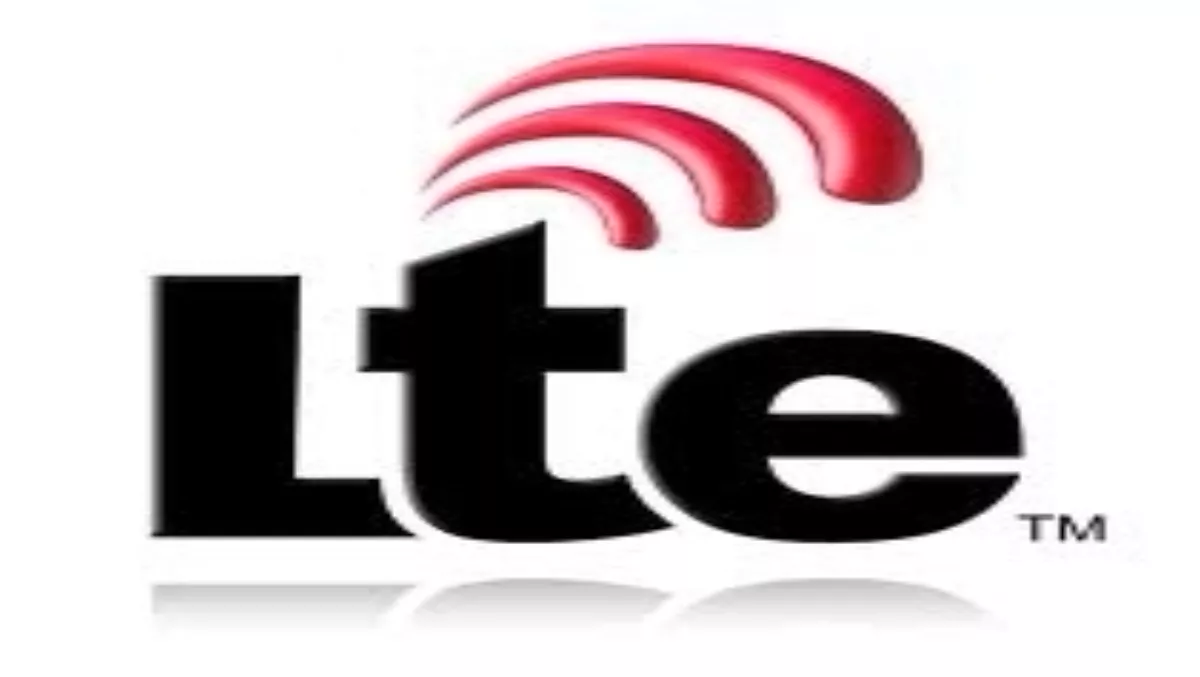
LTE: The right answer at the right time
The hero traditionally arrives just in the nick of time and saves the day. LTE is arriving at just the right time in many markets – current networks are overloaded, coverage isn't always great and customers can be frustrated by slow connections. LTE (or Long Term Evolution) is the next big step in getting the most out of the wireless spectrum and indeed subsequent performance improvement steps are likely to be smaller as the industry in general has become highly adept at squeezing out all the performance possible.
Operators are also taking the opportunity to optimise their networks, while regulators in many markets are attempting to make more spectrum available, and prime spectrum at that such as the "digital dividend" or former analogue TV spectrum at 700Mhz - spectrum that allows greater coverage with fewer base stations and a steep change in available capacity.
Many people call LTE a 4G mobile broadband technology but LTE is not actually classified by 3GPP as a 4G technology, instead 4G will be the next evolutionary step beyond LTE. For many operators the introduction of LTE will be an evolution of their current network rather than a revolution, as will be the step to 4G through the continued evolution of LTE.
With LTE there is a good chance that everyone will win: new or faster existing services for many more consumers, more efficient networks for operators and social benefits from the widespread availability of affordable broadband services to all segments of the population irrespective of their physical location. No longer will there be a disparity between services available in urban and rural areas, LTE will be one of the key catalysts enabling the elimination of the "digital divide".
For consumers, the benefits will include a wireless data service that is much closer to current fixed broadband services – faster downloads and low latency or delay before the download starts. Many users will still want a fixed broadband service for its high speed and throughput capacity, but there will be some who will find an LTE service optimum for their requirements.LTE capable handsets or dongles will however be needed, though they will typically be backwards compatible with existing 3G services, so consumers can utilise mobile services even when LTE coverage is limited.
Beyond data services, LTE will also act as an enabler for future service developments including widespread use of video streaming - conferencing, mobile VoIP and High Definition (HD) voice being some examples.
Many markets are enjoying the benefits of operators competing to be first with the latest technologies (LTE at the moment), but in some smaller and highly competitive markets, network and infrastructure sharing arrangements are emerging to enable the delivery of LTE based services at a lower cost for the operators in such markets. We are likely to look back on the introduction of LTE in just a few years and remember how it did just arrive in the nick of time, provided new services, an enhanced user experience for wireless broadband services and paved the path for future evolutionary steps to 4G technologies.
Our kids will never know that there was a time when wireless services weren't as good outside of the home as inside and everything being connected wasn't the norm.
So don't worry about modulation schemes, paired spectrum or spectral efficiency, just remember that LTE should be pictured wearing a white hat, riding a white horse – arriving just in time.

